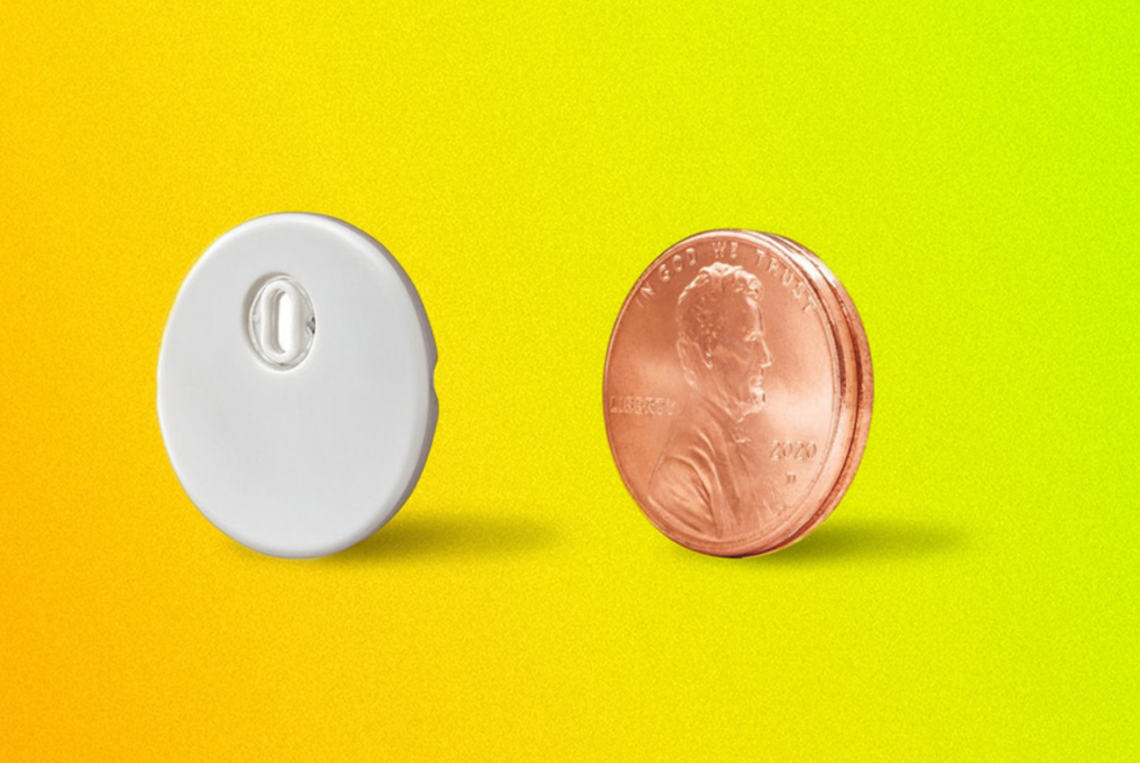
Product Review: Freestyle Libre 3
I finally got my hands on the long-awaited Freestyle Libre 3 continuous glucose monitoring system. FDA-approved in May, sensor kits are finally making their way through the pharmacy and DME supply chain. While there are certainly some kinks yet to be smoothed, the system is an overall improvement from Libre 2.
Libre 2 vs Libre 3
Wearers of Freestyle Libre 3 will notice four key differences from the Libre 2, including sensor size, smartphone connectivity, sensory applicator, and over accuracy.
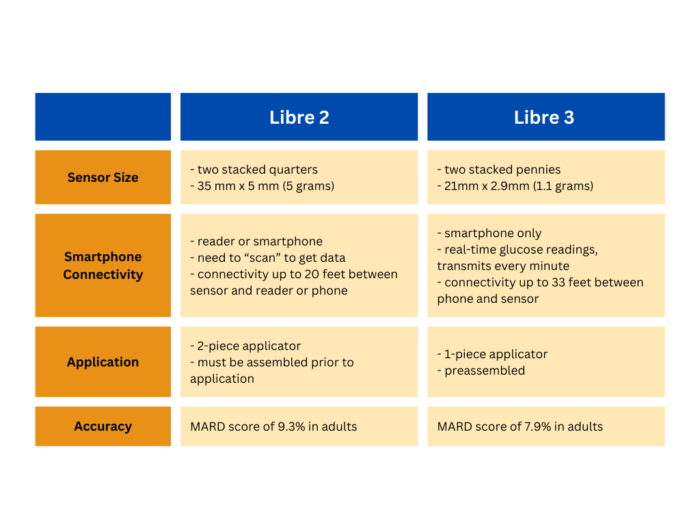
Size
The Libre 3 sensor is notably smaller, lighter and much more flexible when positioned on the back of the arm. It seems to adhere to skin more securely; I almost forgot I was wearing it! I didn’t bother with skin prep or an overlay patch, though these would be helpful if your patients often experience issues with adhesion. The diameter and height of the sensor is described as “two stacked pennies”.
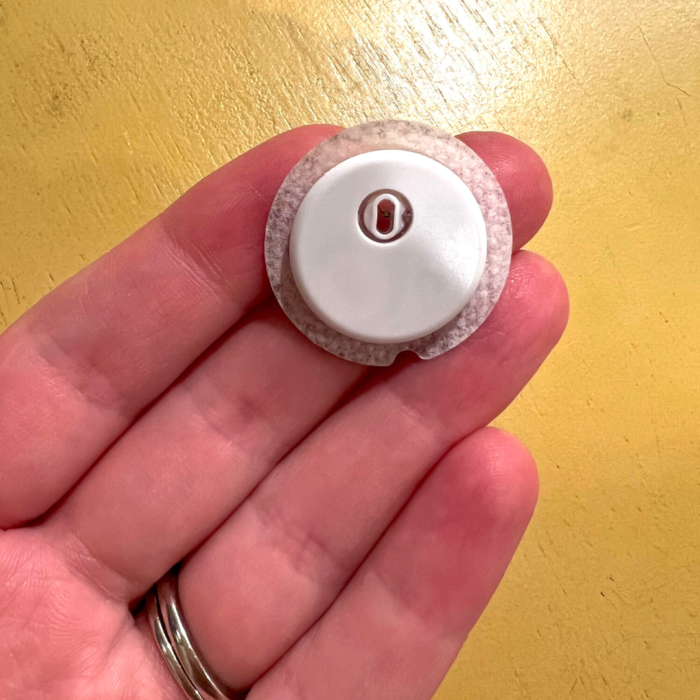
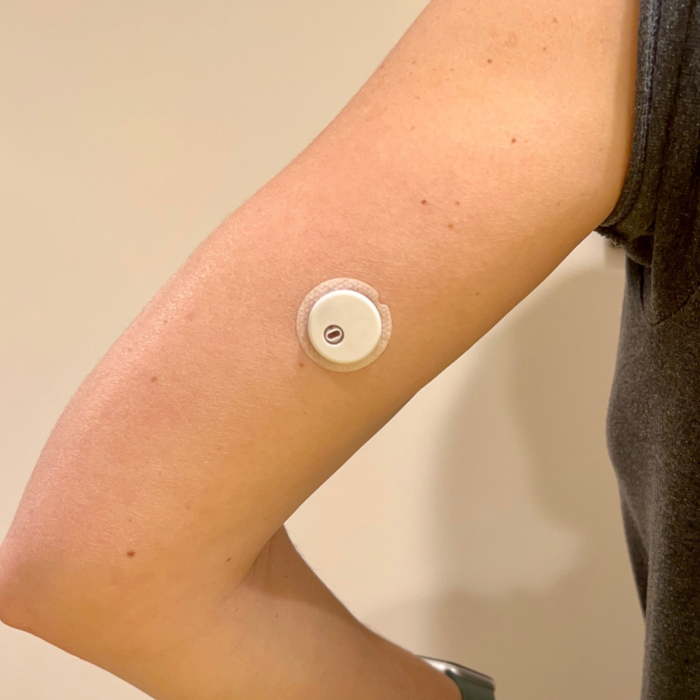
Smartphone Connectivity
Users will also notice significant differences in sensor connectivity and communication with the app. Libre 3 can only be used with a smartphone; there is no longer a separate reader device option.
For most, this is a non-issue. The app is free, easy to use, and compatible with most smartphones. Though, I’d advise consulting the compatibility list prior to purchasing.
Medicare beneficiaries will bear the burden of Abbott’s decision to forgo the reader device. Without an available reader, Libre 3 does not qualify for Medicare coverage under durable medical equipment (DME). Fortunately, the cash-pay pharmacy price remains the same at about $60 per sensor.
The second major change is the switch to ‘real-time’ glucose data. Users no longer need to “scan” the sensor for glucose readings. This also eliminates the gaps in data that would occur if the wearer allowed more than 8 hours to ellipse between scans. Real-time glucose readings should also open the door for future automated insulin delivery (AID) integration.
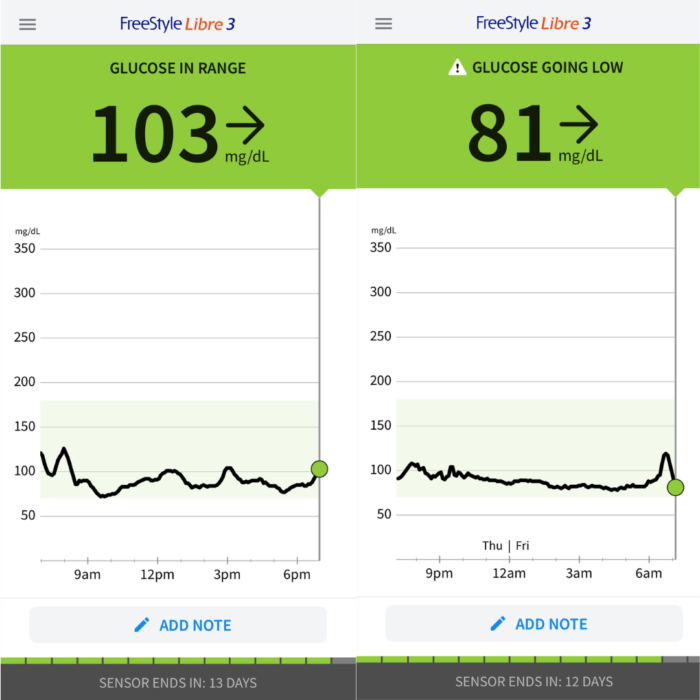
Application
The Libre 3 sensor is a lot easier to apply. The sensor is preloaded in the applicator. No assembly required. Not only is this time saving, but one less step to include in a patient training appointment. The twist off cap to the applicator is a little stiff so this could be challenging for individuals with dexterity issues, arthritis, etc.
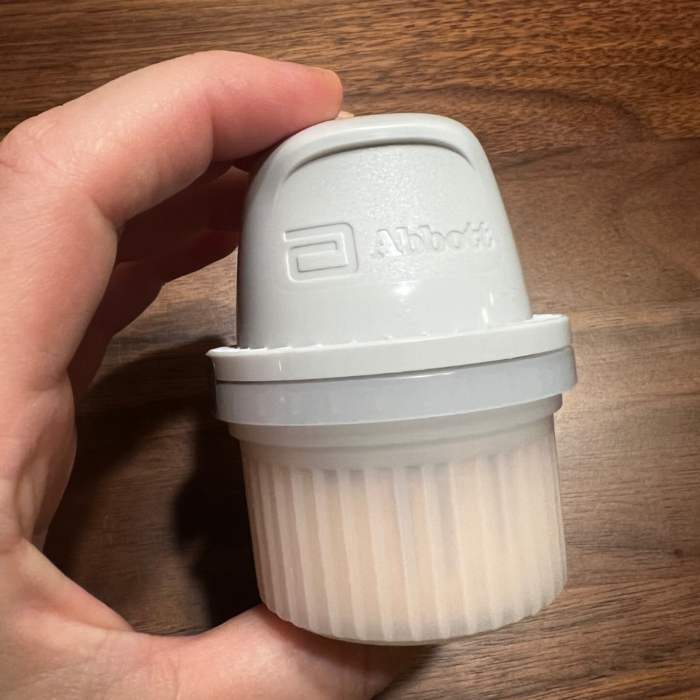
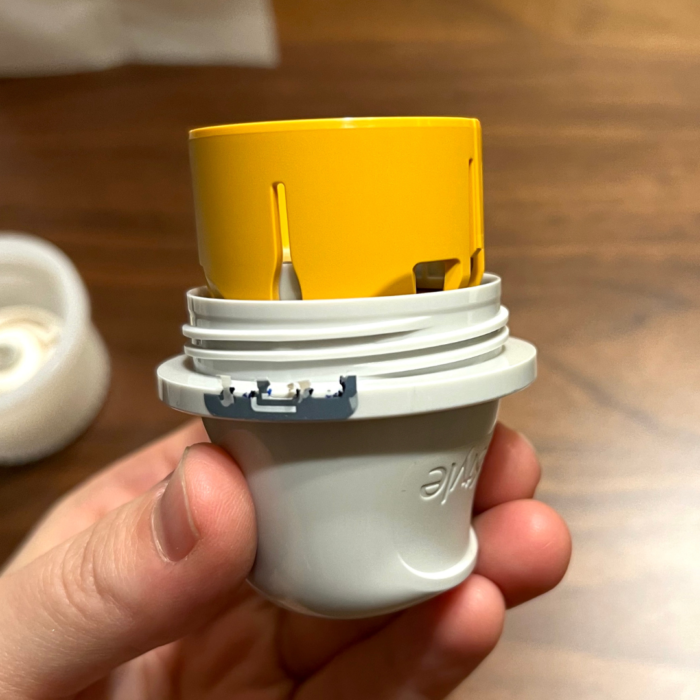
Accuracy
Abbott touts Libre 3 as the most accurate CGM on the market. The MARD (mean absolute relative difference) from Libre 2 to Libre 3 dropped from 9.3% to 7.9%. The lower the number the greater the accuracy. For context, Dexcom G6 is 9.0%. My personal experience with accuracy is a bit skewed by the first 24 hours, but afterwards, my sensor data was in largely agreement with my fingerstick values.
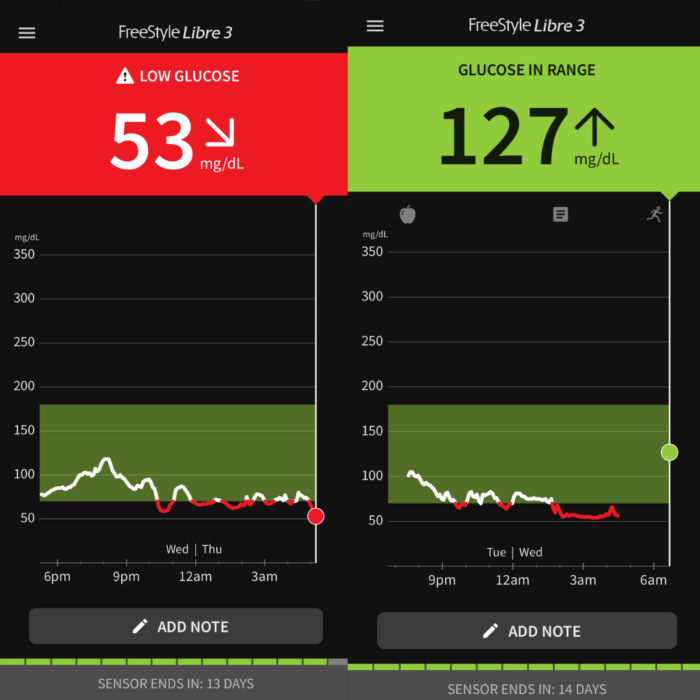
Areas for Improvement
So, about those first 24 hours… I experienced an annoying number of false lows. Starting at about 11 PM through 4 AM, I got a piercing low-glucose alert almost every 30 minutes. It was relentless – worse than my 6 month old baby. I hardly slept – talk about a lesson in empathy! I ended up closing out of the app altogether until morning. The sensor seemed a lot better in the days that followed – though still some discrepancies with values less than 70 mg/dL. On day 2, I had noon “low” of 68 mg/dL while my finger stick value was 77 mg/dL.
I would have lowered the “low glucose alert” to 65 mg/dL had that option been available, but 70 mg/dL is the lowest option. While not indicated in pregnancy, a lower “low glucose” alert would be helpful for pregnant patients where the target range is 63 mg/dL to 140 mg/dL.
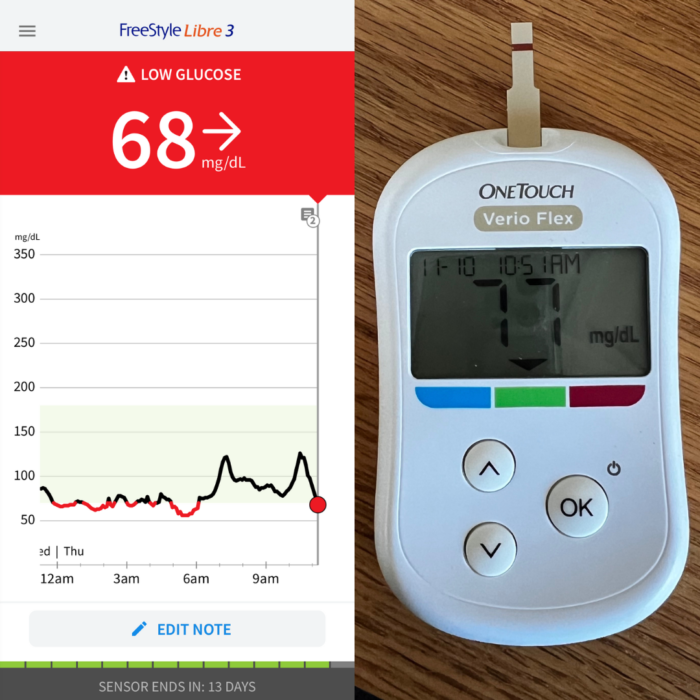
I also wish the app and online reports were more detailed. While the ambulatory glucose profile (AGP) remains the same, along with many of the other reports – monthly summary, daily log, mealtime patterns – it’s near impossible to review exact sensor data points. What did my glucose peak at after breakfast on November 19th? It looks like maybe 140 mg/dL but the reports are too tiny to really ascertain this information. The daily reports leave much to be desired.

Overall Impressions
From a size, application, and connectivity standpoint, the Libre 3 is a major improvement from the 2. If your patients can withstand some questionable accuracy the first 24 hours and you don’t plan to delve too deeply into their daily data points, Libre 3 is a great CGM option.


You May Also Like
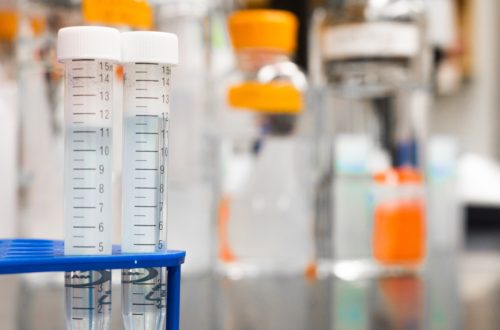
Diagnosing Type 1 Diabetes in Adults
August 10, 2022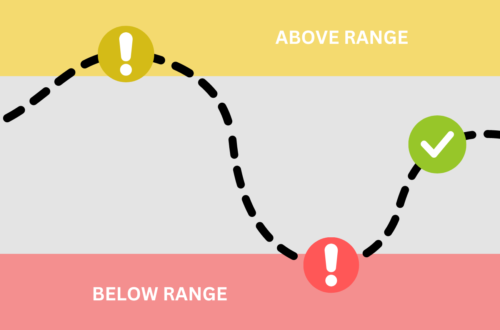
Move Over A1c, Make Room for Time In Range
October 20, 2022
